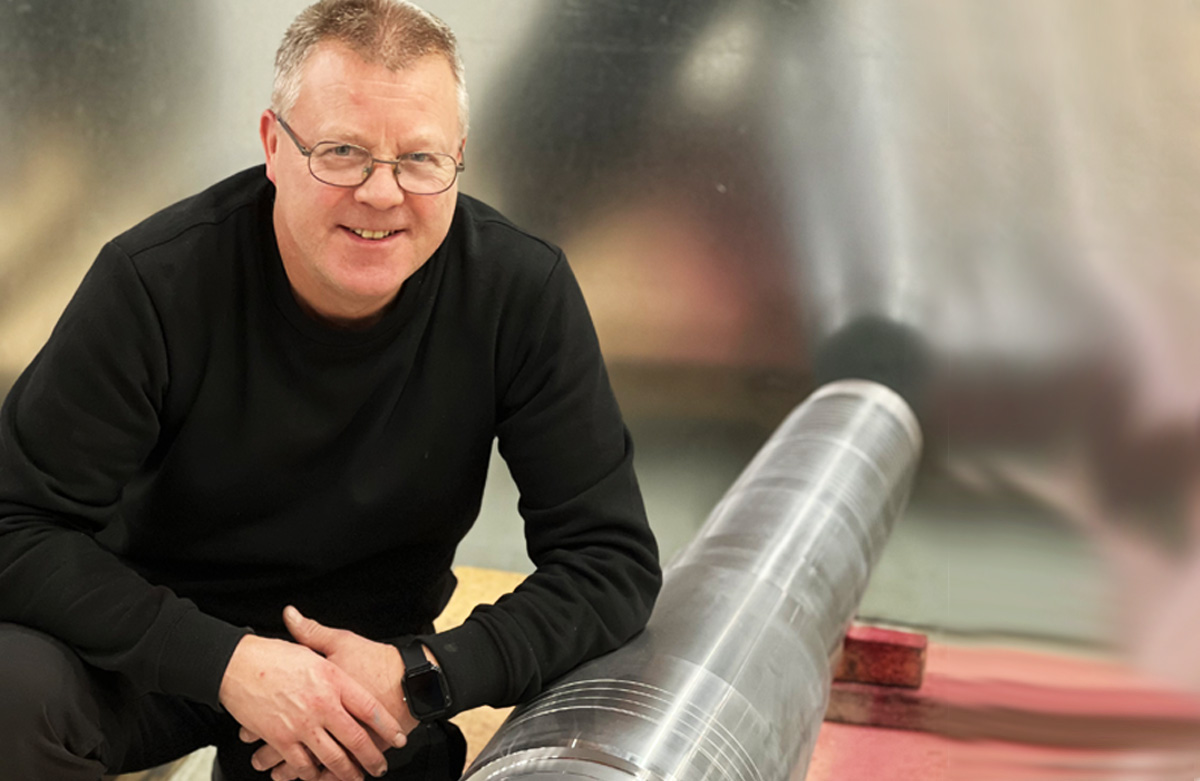We are proud to announce that from November 2023 we have been able to offer NDT testing at Kvenna AS. And we are approved for Iso 9712 and ASNT SNT-TC-1a.
Liquid Penetrant Testing (LPT) is a widely used non-destructive testing method for detecting surface-breaking defects in non-porous materials such as metals, plastics, and ceramics. Also known as dye penetrant inspection, it can detect surface cracks, porosity, laps, and other discontinuities that can compromise the integrity of a material or component. If you’re looking to ensure the safety and reliability of your components, LPT is an effective solution.
How it works
During LPT, a liquid penetrant is applied to the surface of the material being inspected. The penetrant is drawn into any surface-breaking defects by capillary action. After a sufficient amount of time has passed for the penetrant to seep into the defects, the excess penetrant is removed from the surface, and a developer is applied. The developer draws the penetrant out of the defect and spreads it out, making it visible to the inspector. The inspector then examines the surface for any visible indications of defects.

Benefits for our customers
LPT is a cost-effective and efficient method for detecting surface discontinuities in materials. It is quick and easy to perform, making it a valuable tool for inspecting large volumes of components. LPT is also portable and adaptable, making it ideal for use in the field or in remote locations.
Applications
LPT is commonly used in the aerospace, automotive, construction, and manufacturing industries. It is often used to inspect components such as welds, castings, forgings, and machined parts for surface cracks, porosity, laps, and other defects that could compromise the component’s performance.
Method
LPT is water washable and solvent removable.
Other capabilities we have
We have approved welding inspector CSWIP 3.1 and painting inspector BGAS Gr2.






